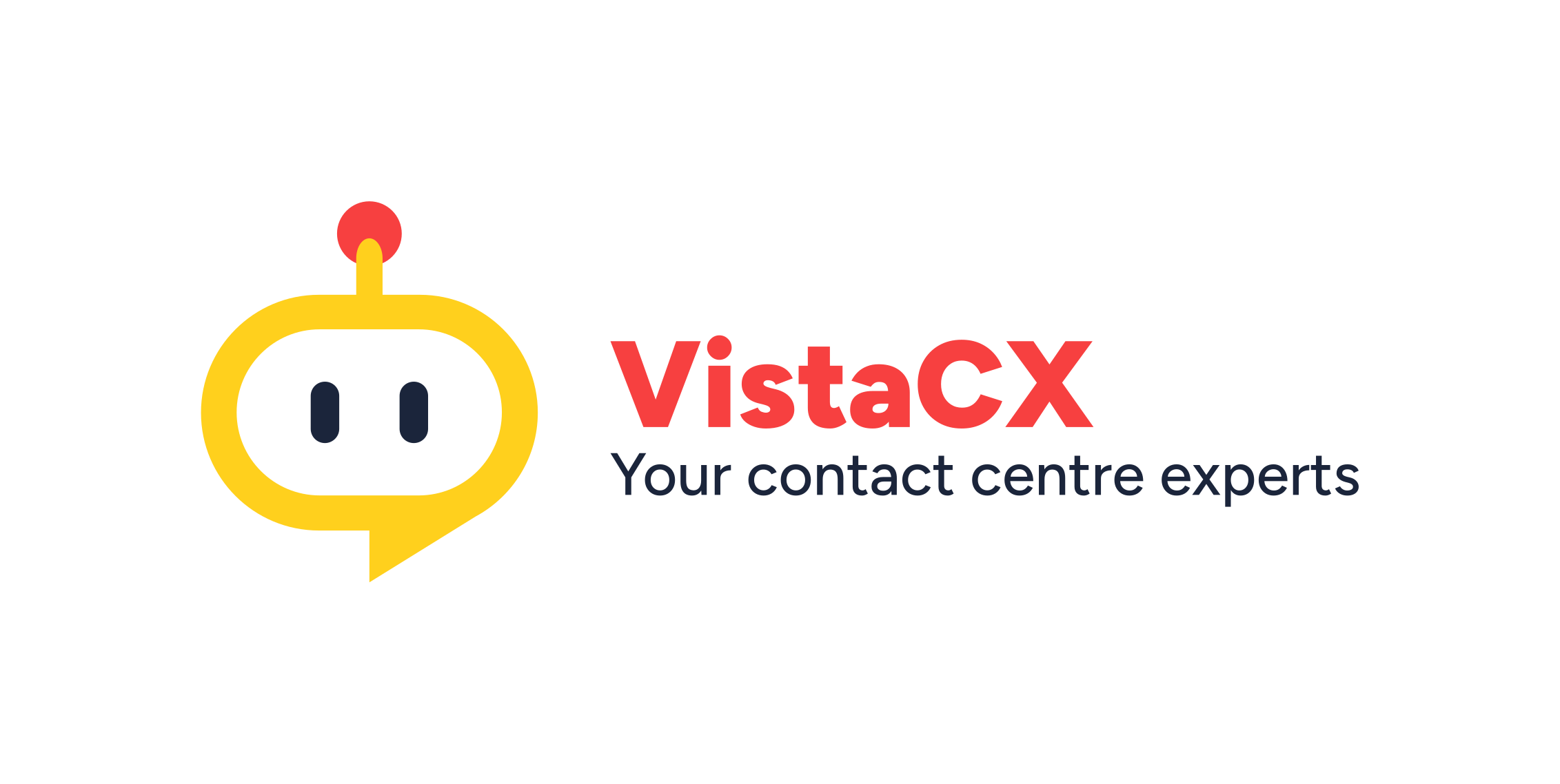Future proof your investments
Building Tomorrow’s Success on Today’s Strong Foundation
At VistaCX, we firmly believe that a solid foundation is the key to achieving enduring success!
To prevent wasteful expenditure, it’s crucial to tailor a solution that aligns with your specific requirements. Our offerings are designed to assist you in reaching your objectives.
Strategic Roadmap Development
Our “Strategic Roadmap Development” service is a comprehensive approach tailored to each business’s unique context.
We start our process by gaining an in-depth understanding of your contact centre, including industry specifics, business needs, and long-term goals.
Our team then identifies key challenges and opportunities, aligning these with your objectives to create a strategic roadmap. This roadmap is not just a high-level strategy; it is a macro level action plan with clear steps, timelines, and milestones.
We design it to be flexible, adapting to changing circumstances, and support its execution through project management and ongoing advice.
You may also add regular reviews and KPI assessments ensure the roadmap is on track and delivering desired outcomes, making it a practical guide to your business’s future success.
Technical Delivery Plan
Our “Technical Delivery Plan” process involves understanding the project’s scope and requirements, working with stakeholders, and allocating resources effectively.
We create a project timeline with milestones and plan for potential delays. Risk assessment and mitigation strategies are key parts of our planning. We focus on maintaining quality and compliance, and establish communication channels for stakeholder updates.
For system integration projects, we ensure compatibility and integration of different systems.
Our delivery plan includes change management with a post-implementation review to evaluate success and provide support for any further needs. This approach ensures efficient and high-quality delivery of technical projects.
Technical Solution Design
Our “Technical Solution Design” process starts with requirement analysis to understand project needs.
We break down the business requirements into technology segments and assess how to deliver the solution with the selected technology. If the technology stack to deliver the solution has not been selected, a feasibility study is conducted to assess the solution’s practicality, followed by selecting suitable technologies. If the technology stack has been selected, we align the technical requirements with the technology stack. This process may involve vendors as well as internal IT personnel.
We then design the system architecture, focusing on usability and business outcomes.
Security planning is integral to protecting the system, and the design will certainly include this.
The design also allows room for ‘Proof of Concept’ or ‘Prototyping’, this is used if the functionality of the solution is not 100% guaranteed. “Proof of Concept” design requires additional tests, and the design might be refined as a result.
We document technical specifications for development guidance and outline a development and testing strategy.
Disaster recovery and backup are planned for data safety and business continuity.
Our design adheres to best practices, compliance standards, and is scalable for future growth and updates. This approach ensures the efficient and secure delivery of the technical solution.
Bespoke Application Design
Our “Bespoke Application Design” is often employed when off-the-shelf products fail to provide the functionality required by a business. It serves as a bridge, filling gaps until either the vendor of the technology stack addresses the issue or the business modifies its processes to resolve the problem.
In cases where a permanent solution is elusive, we design a bespoke solution around the problem using alternative technology. The decision to develop a bespoke solution is influenced by several factors, including the trade-off between scalability and upgradeability versus the solution’s lifespan, and the choice between a quick solution with technical debt and a fully developed, potentially over-engineered solution.
During the design phase, careful consideration is required to minimise risks and unnecessary efforts. The process begins with client consultations to understand specific needs, followed by an analysis and planning phase. The design and prototyping stage involves creating initial models of the software, leading to development and coding. Throughout, rigorous testing and quality assurance ensure reliability and performance. Bespoke application design is highly iterative, with continuous client feedback leading to adjustments. Once developed, the software is deployed and integrated, often requiring training and support. Ongoing maintenance and the potential for future scalability and upgrades are also considered.
This approach ensures the delivery of a custom software solution that precisely meets the unique requirements of each client. The bespoke solution design is akin to a miniature technical solution design, but with a stronger emphasis on feedback, iteration, and a clear highlighting of the pros and cons solution at each stage.
System Integration Design
Our “System Integration Design” plays arguably one of the most crucial roles in our design offerings. Starting with a thorough analysis of requirements,we work with you to identify the systems to be integrated and the desired outcomes. Following this, we perform a compatibility assessment. We ensure effective connectivity by analysing software interfaces, data formats, and communication protocols.
The integration architecture then outlines connection methods, whether through direct integration, middleware, or APIs. Data mapping and transformation are key to ensuring data compatibility between systems. Security planning is also in the design as it is integral to protect data during transfer and maintain compliance with standards.
The design also takes future scalability into account. In addition to essential elements like data mapping, connection handshake, and security, we address often overlooked but critical aspects of integration design such as retrieval speed and load handling, which typically emerge during the implementation phase. By incorporating all these elements, we ensure an efficient, consistent, and streamlined workflow within the contact centre environment.
